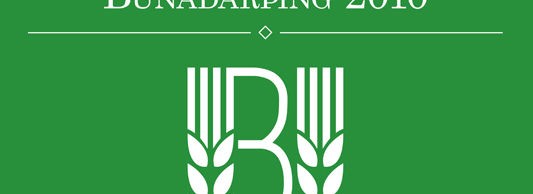Use of saithe in ready-made fish products - final report / Using saithe in ready to eat fish product - final report
Almost all saithe caught off Iceland is exported little processed, especially to Europe and the United States. There, it is largely processed into consumer products, which results in a considerable increase in value. It is important to explore ways to increase the value of exported saithe. By processing the saithe in full or for the most part in consumer products in Iceland, a higher proportion of the increase in value is passed on to domestic parties. The project focused on methods for baking, which has long been one of the most common processing methods for Icelandic saithe abroad. The project got off to a good start and was soon contacted by potential buyers in Germany. Samples of products were sent to them for an assessment of how best to develop the product to their liking. Several experiments were carried out which indicated that the product development was on the right track. On the other hand, when the work progressed well, it was clear that Festarhald's operating basis was very uncertain and the company soon went into moratorium. Although the project developed in a different way than expected, the results of the experiments indicated that the products tested were of acceptable quality and likely to meet market requirements. There is therefore every reason to estimate that there is a basis for processing processed saithe products from saithe in this country. Today there are opportunities for products that are at a favorable price, of good quality, convenient and fast. Breaded saithe products fit well with these consumer demands. When a positive image of Icelandic food is added from an environmental point of view, it can be estimated that there are good opportunities for marketing Icelandic consumer products abroad.
Most of the saithe caught in Icelandic waters is exported as raw material, especially to Europe and the USA, where it is further processed to consumer products of higher value. In the project, analysis was performed on the potential of processing breaded fish products by a local processing plant. Results of experiments were positive and indicated that the products fulfilled market demands of composition and quality. There is a great potential for further processing of saithe into consumer products for export due to proximity to the raw material and local knowledge of handling, ensuring the quality of the product. By further processing of the raw material higher proportion of the value of the final product will fall to the local producers, increasing the export value of saithe caught in Icelandic waters.





